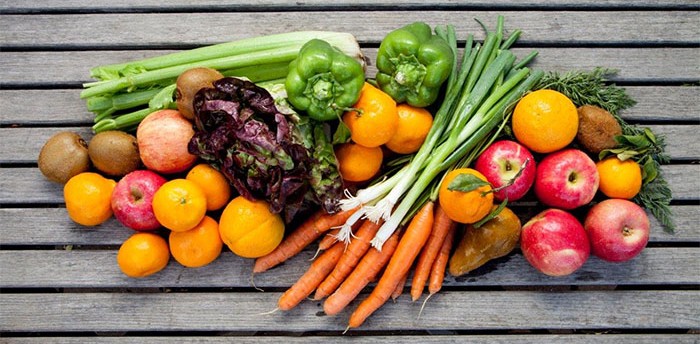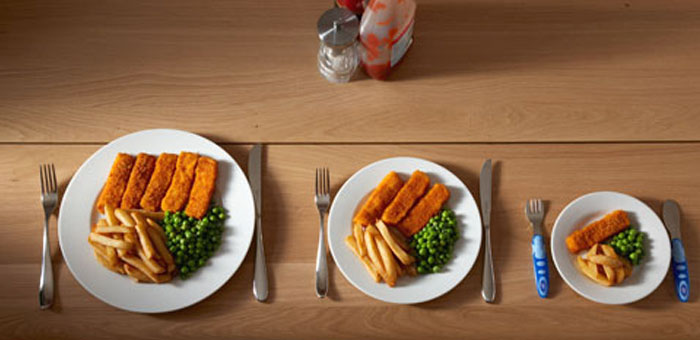If you think managing your weight is tough, imagine if your job was to spend all day cooking, thinking about, and tasting food. That’s the challenge food truck chefs face each day when they head off to work. Here are some diet tips to use to help yourself from either getting overweight or becoming more overweight than you may already be.
Diet Tips For The Mobile Chef
Manage Hunger
How is it possible to eat all the time and still be hungry? Most food truck owners say they taste small amounts of food all day long but rarely sit down to a full meal.
It’s a requirement of your job to taste every dish that leaves the rolling kitchen to make sure it’s up to standards. This can amount to eating thousands of calories each day. The problem is that you never eat a full meal, so you’re not hungry but you’re not totally satisfied either.
One of his biggest diet tips is to make sure you don’t let yourself get too hungry. Wake up early enough to get something healthy in, so you have something in my stomach before you go to work. It’s easier to maintain what you’re eating when you’re not starving.
For food truck vendors, scheduling time for a good breakfast – with some protein (such as a protein shake or some protein-rich cottage cheese) and healthy carbohydrates such as fruit – helps keep hunger at bay, making you less likely to overeat. The key is to fuel up adequately and make sure you’re getting nutrients earlier in the day.
Use a Bowl
You’re never really off work when you own a food truck. There are late-night hours which can create a very tense environment. You’re dealing with the public, high stress, and high temperatures. You have to train yourself to eat healthy.
One of our diet tips that’s works well is keeping all of your meals confined to one bowl, and consciously filling the bowl with lean protein, such as chicken, legumes, seeds, and vegetables. Packing the bowl full of healthy foods will help you to feel satisfied. Limiting the meal to one bowl also helps you to not overeat.
If you don’t care for the idea of eating every meal from a bowl, control your portions instead by using a smaller plate. It’s about the visual impact of looking at a full plate of food.
Juggle Ingredients
Another route to consider is to switch up ingredients to maintain the integrity of a dish by reducing fat and sodium levels.
Follow the idea that any dish can be made healthier. Cook with fresh and dried herbs, citrus juices, and nectars to make dressings that are lower in fat and sugar. Ground turkey substitutes for ground beef, applesauce or yogurt are used in place of butter, broth or wine instead of oil, and use marinades and rubs to add flavor to meat without adding calories.
You can also use a balsamic vinegar reduction for a very low-calorie salad dressing, and replace all table sugar with agave syrup as a way of eliminating refined sugars from your diet.
Cutting fat and calories becomes habit. Just be careful when replacing sugar with natural sweeteners like agave syrup, because you’re not saving any calories. That being said these replacements, although not saving calories, are more satisfying, and so you may use less of it.
Grains Grains Grains
When you are building your bowl of food, allow for more space to grains than to protein. Whole grains (as opposed to refined grains) are a very important part of your diet, as few of us get enough of things like barley, brown rice, buckwheat, oatmeal, popcorn, or wild rice.
Still, protein is the most satisfying type of food when it comes to keeping hunger in check. Whole grains are high in fiber and filling but can be high in calories too, so it’s important to watch portion size carefully. When you look at a plate (or bowl) of food, one-third should be filled with lean protein. The rest of the plate should be vegetables and salads.
Do you have any additional diet tips for food truck chefs? Share them below or on social media. Facebook | Twitter




